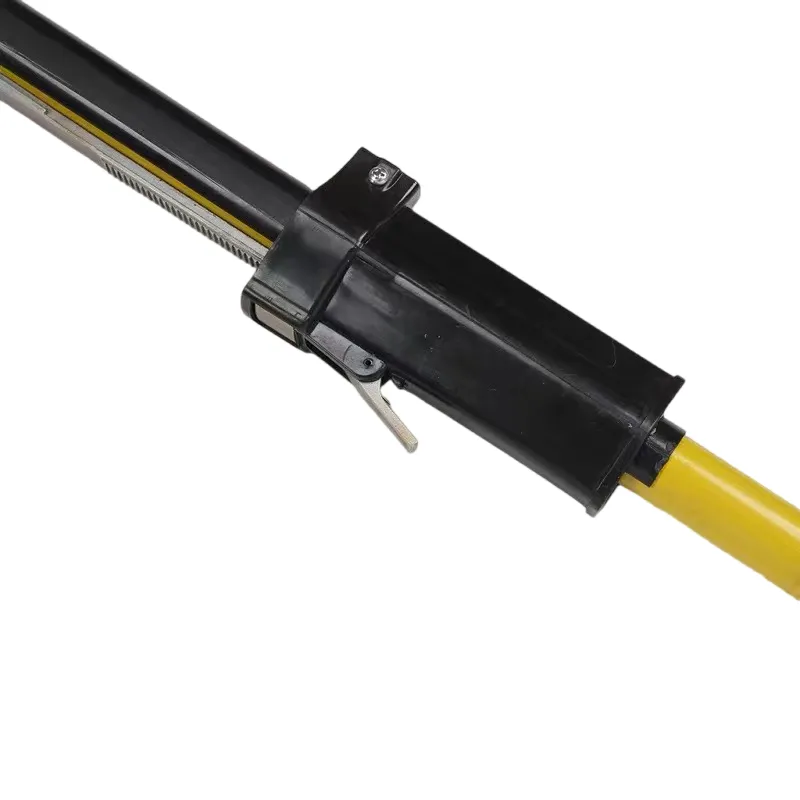
-
 Afrikaans
Afrikaans -
 Albanian
Albanian -
 Amharic
Amharic -
 Arabic
Arabic -
 Armenian
Armenian -
 Azerbaijani
Azerbaijani -
 Basque
Basque -
 Belarusian
Belarusian -
 Bengali
Bengali -
 Bosnian
Bosnian -
 Bulgarian
Bulgarian -
 Catalan
Catalan -
 Cebuano
Cebuano -
 Corsican
Corsican -
 Croatian
Croatian -
 Czech
Czech -
 Danish
Danish -
 Dutch
Dutch -
 English
English -
 Esperanto
Esperanto -
 Estonian
Estonian -
 Finnish
Finnish -
 French
French -
 Frisian
Frisian -
 Galician
Galician -
 Georgian
Georgian -
 German
German -
 Greek
Greek -
 Gujarati
Gujarati -
 Haitian Creole
Haitian Creole -
 hausa
hausa -
 hawaiian
hawaiian -
 Hebrew
Hebrew -
 Hindi
Hindi -
 Miao
Miao -
 Hungarian
Hungarian -
 Icelandic
Icelandic -
 igbo
igbo -
 Indonesian
Indonesian -
 irish
irish -
 Italian
Italian -
 Japanese
Japanese -
 Javanese
Javanese -
 Kannada
Kannada -
 kazakh
kazakh -
 Khmer
Khmer -
 Rwandese
Rwandese -
 Korean
Korean -
 Kurdish
Kurdish -
 Kyrgyz
Kyrgyz -
 Lao
Lao -
 Latin
Latin -
 Latvian
Latvian -
 Lithuanian
Lithuanian -
 Luxembourgish
Luxembourgish -
 Macedonian
Macedonian -
 Malgashi
Malgashi -
 Malay
Malay -
 Malayalam
Malayalam -
 Maltese
Maltese -
 Maori
Maori -
 Marathi
Marathi -
 Mongolian
Mongolian -
 Myanmar
Myanmar -
 Nepali
Nepali -
 Norwegian
Norwegian -
 Norwegian
Norwegian -
 Occitan
Occitan -
 Pashto
Pashto -
 Persian
Persian -
 Polish
Polish -
 Portuguese
Portuguese -
 Punjabi
Punjabi -
 Romanian
Romanian -
 Russian
Russian -
 Samoan
Samoan -
 Scottish Gaelic
Scottish Gaelic -
 Serbian
Serbian -
 Sesotho
Sesotho -
 Shona
Shona -
 Sindhi
Sindhi -
 Sinhala
Sinhala -
 Slovak
Slovak -
 Slovenian
Slovenian -
 Somali
Somali -
 Spanish
Spanish -
 Sundanese
Sundanese -
 Swahili
Swahili -
 Swedish
Swedish -
 Tagalog
Tagalog -
 Tajik
Tajik -
 Tamil
Tamil -
 Tatar
Tatar -
 Telugu
Telugu -
 Thai
Thai -
 Turkish
Turkish -
 Turkmen
Turkmen -
 Ukrainian
Ukrainian -
 Urdu
Urdu -
 Uighur
Uighur -
 Uzbek
Uzbek -
 Vietnamese
Vietnamese -
 Welsh
Welsh -
 Bantu
Bantu -
 Yiddish
Yiddish -
 Yoruba
Yoruba -
 Zulu
Zulu


Nov . 05, 2024 11:01 Back to list
hydraulic steel wire rope crimping swaging tool
The Importance of Hydraulic Steel Wire Rope Crimping Swaging Tools
In various industrial and construction applications, the need for reliable and robust fastening solutions is paramount. One of the most effective ways to achieve this is through the use of hydraulic steel wire rope crimping swaging tools. These tools are designed to create strong, secure connections between wire ropes and fittings, ensuring that loads are safely managed and that equipment operates efficiently.
Understanding Hydraulic Crimping Tools
Hydraulic crimping tools utilize hydraulic pressure to deform metal fittings, allowing them to permanently bond with steel wire ropes. This process is known as swaging. Unlike mechanical crimping methods, which often rely on hand tools or manual force, hydraulic tools provide a consistent and repeatable compression that significantly enhances connection integrity. The use of hydraulics allows for the application of much higher forces, which is essential for achieving the required performance standards in heavy-duty applications.
Applications in Various Industries
Hydraulic steel wire rope crimping swaging tools are utilized across a range of sectors, including construction, marine, aviation, and mining. In construction, for instance, these tools play a critical role in the assembly of trusses, hoisting systems, and rigging setups. In marine applications, they ensure the safety and reliability of mooring lines and signal rigging. The aviation industry also employs these tools for securing cables used in various aircraft components.
hydraulic steel wire rope crimping swaging tool

Advantages of Using Hydraulic Tools
One of the key advantages of hydraulic wire rope crimping tools is their ability to create high-quality, uniform connections that can withstand considerable forces. This uniformity is crucial when dealing with heavy loads, as any weakness in a fitting can lead to failure. Furthermore, the use of hydraulic systems reduces the physical strain on operators, increasing safety and efficiency.
Another benefit is the versatility of these tools. Modern hydraulic crimping equipment can often accommodate a variety of wire sizes and materials, making them suitable for many applications. Additionally, advancements in technology have led to the development of battery-operated and portable hydraulic tools, increasing accessibility for fieldwork and remote locations.
Conclusion
In summary, hydraulic steel wire rope crimping swaging tools are indispensable in ensuring the safety and efficacy of various load-bearing applications. Their ability to produce strong, reliable connections through hydraulic force makes them a preferred choice for industries that prioritize performance and reliability. As technology continues to advance, these tools will likely become even more efficient and user-friendly, further solidifying their importance in modern engineering and construction practices.
Latest news
What Are Construction Tools and How Are They Used?
NewsJul.11,2025
Professional-Grade Duct Rodding Tools for Superior Cable Installation
NewsJul.11,2025
Enhancing Safety and Efficiency with Modern Hot Stick Solutions
NewsJul.11,2025
Empowering Cable Installation with Advanced Rodder Solutions
NewsJul.11,2025
Elevate Your Cable Installation Projects with Cable Pulling Tools
NewsJul.11,2025
Efficient Cable Handling Solutions: Cable Rollers for Sale
NewsJul.11,2025











